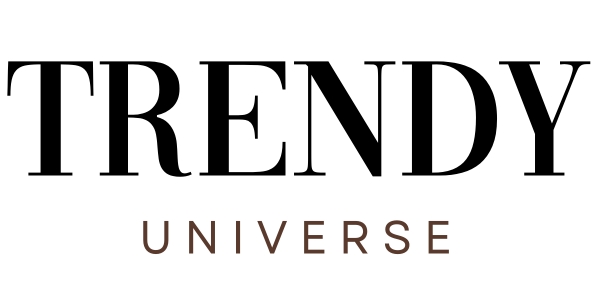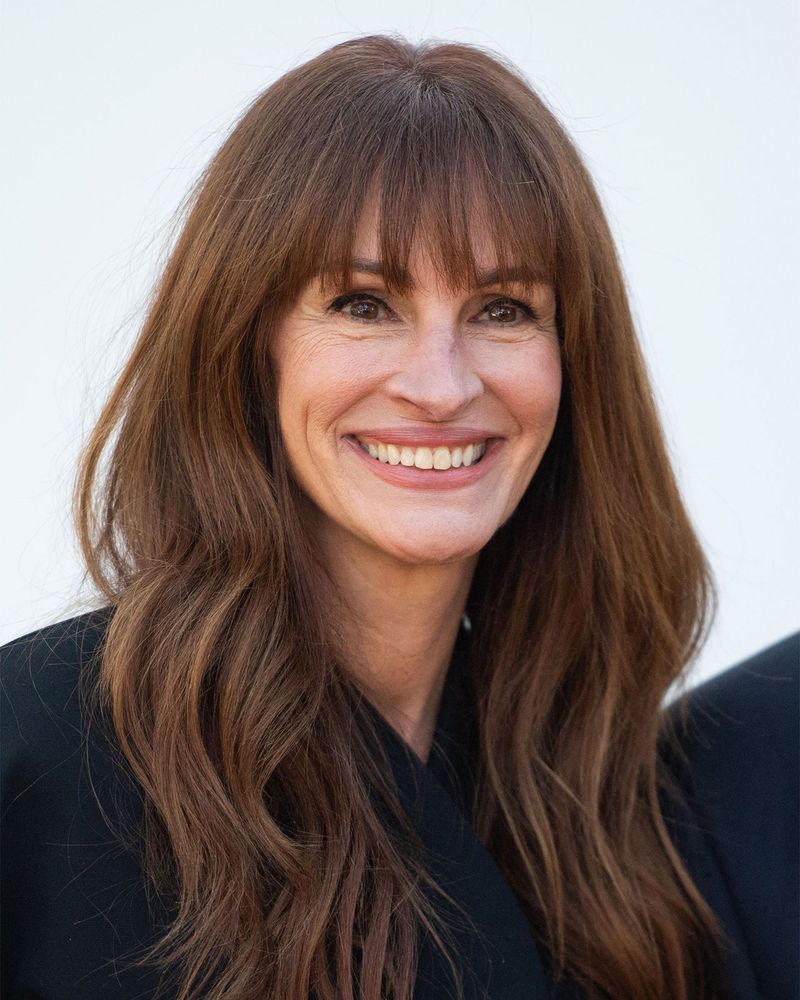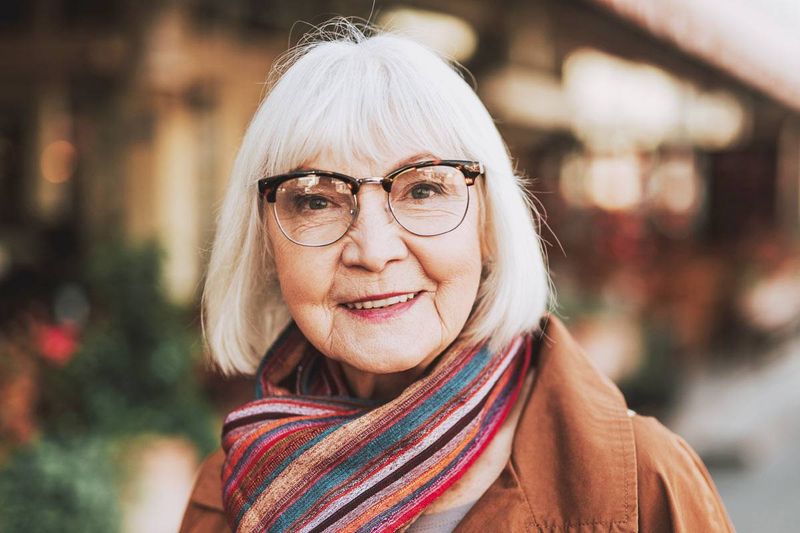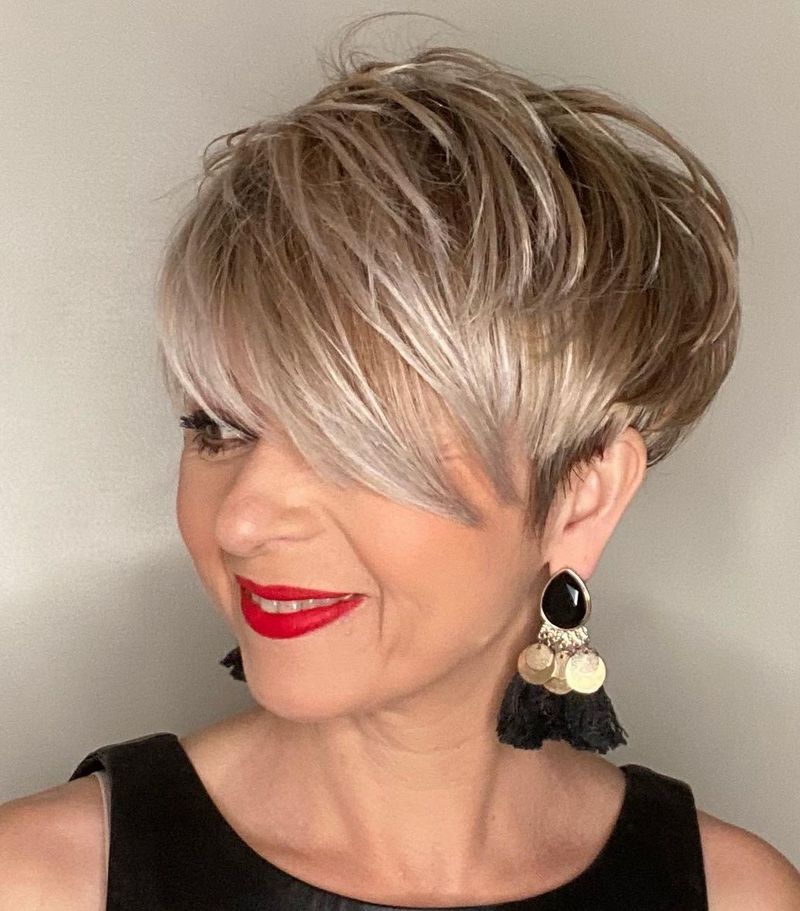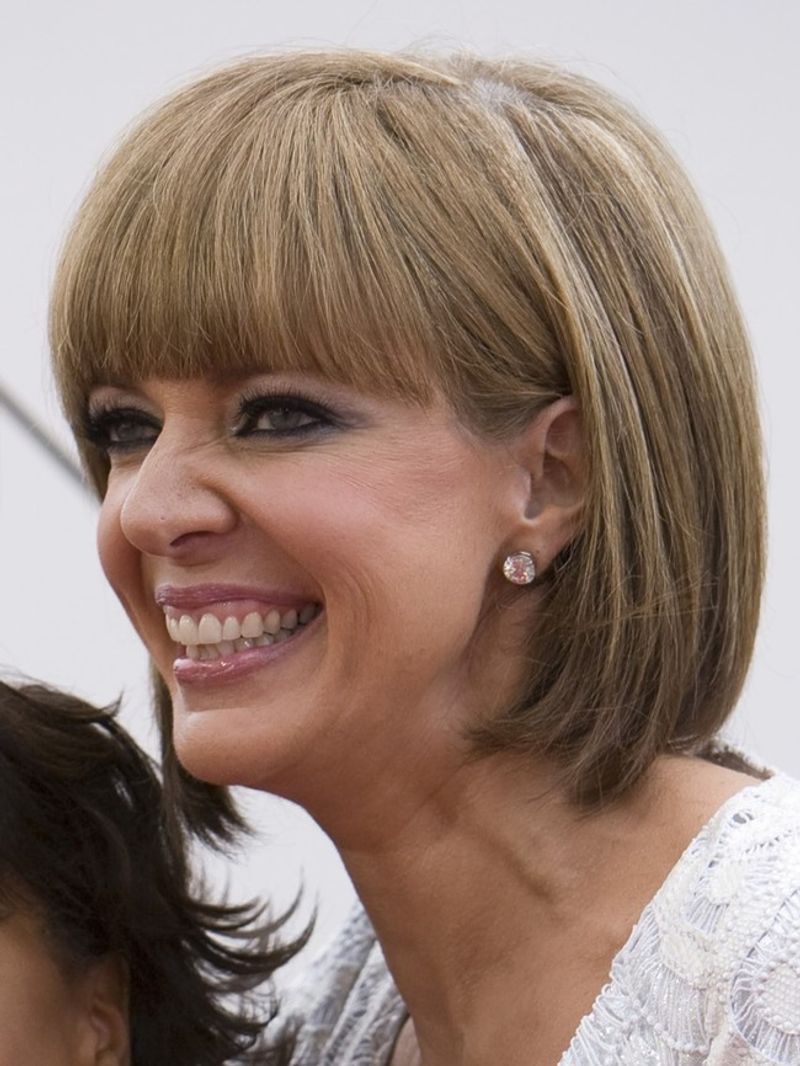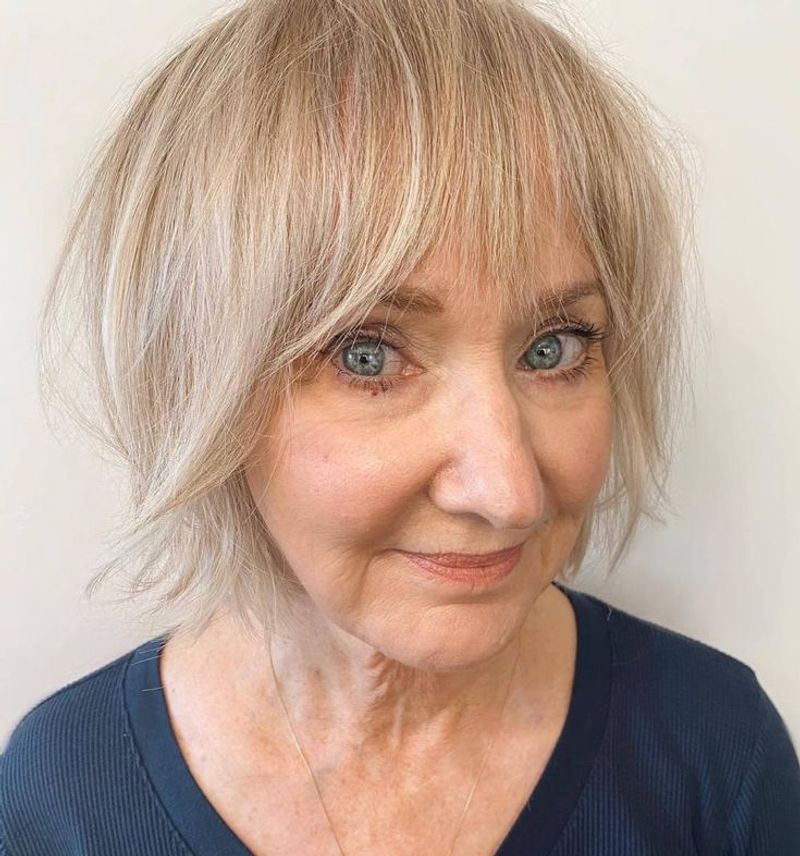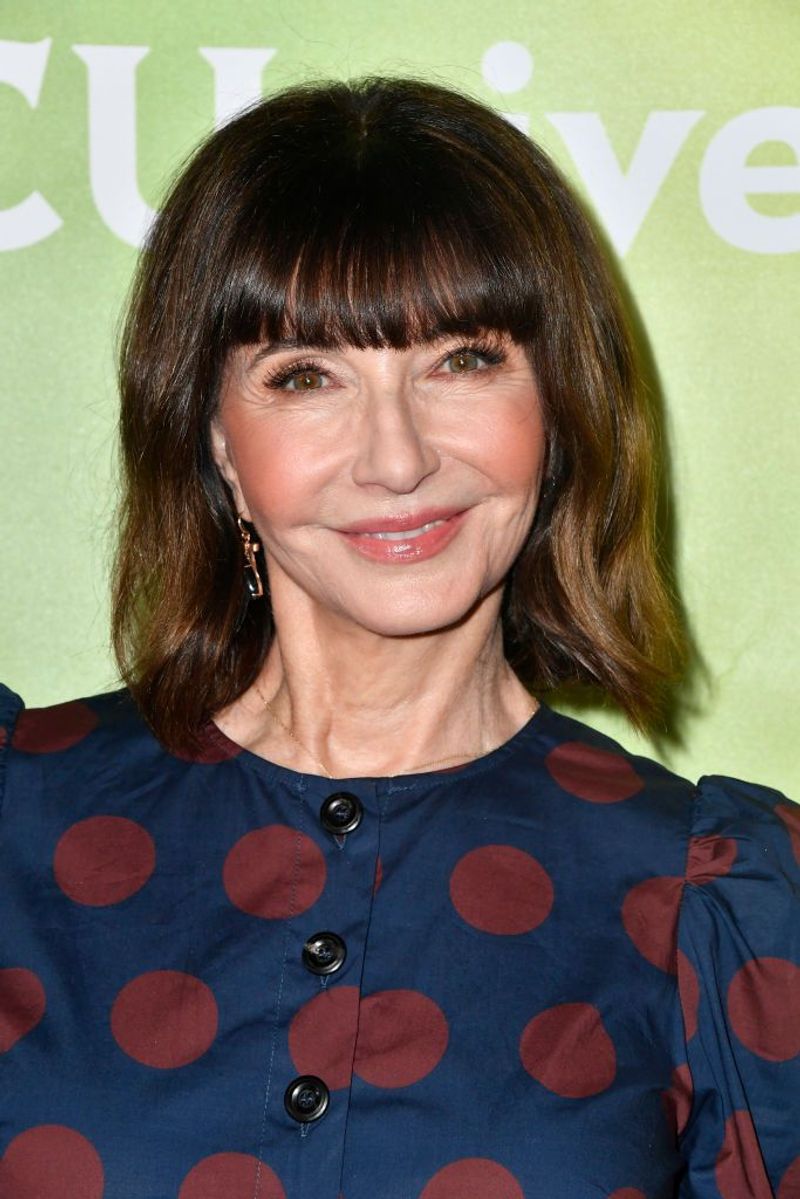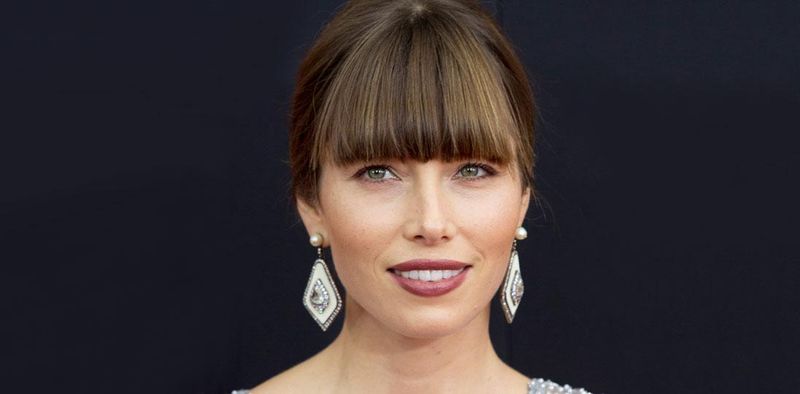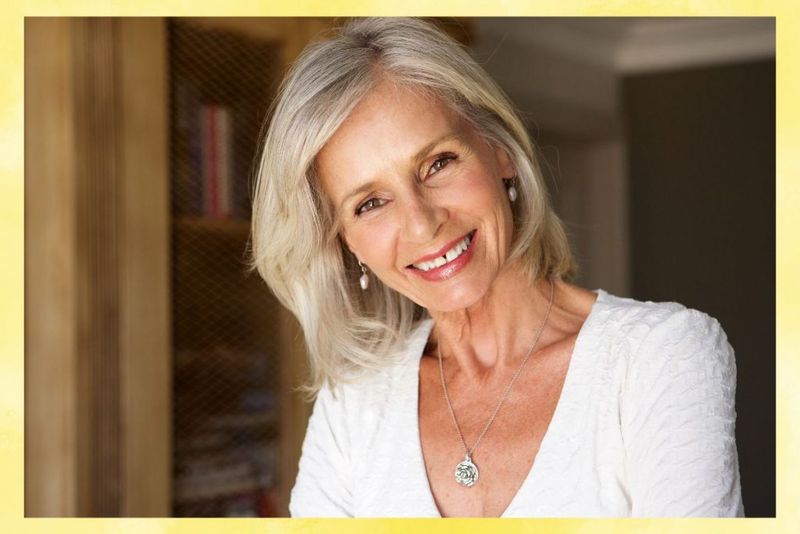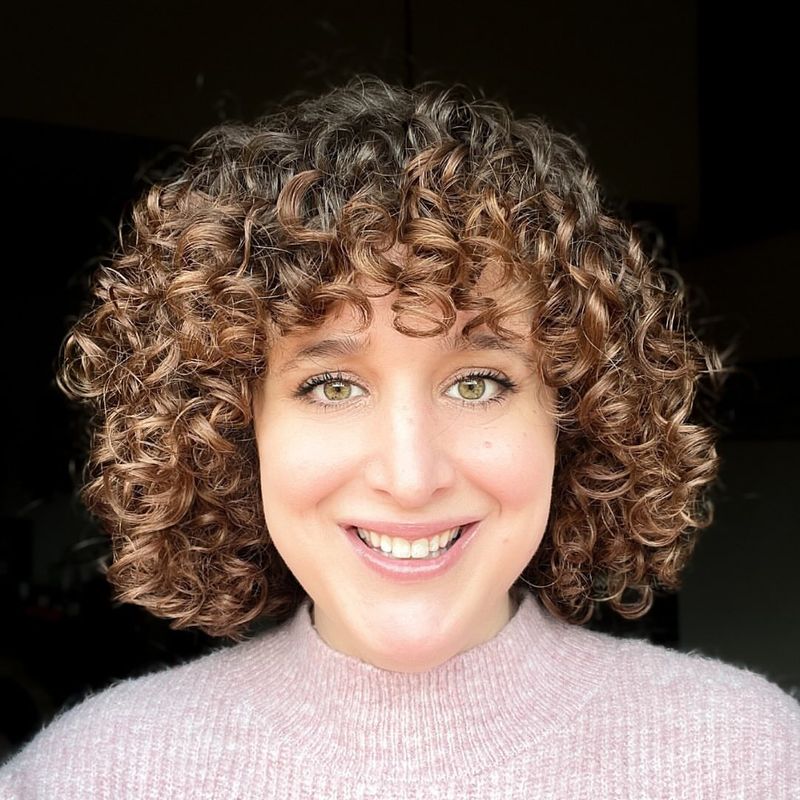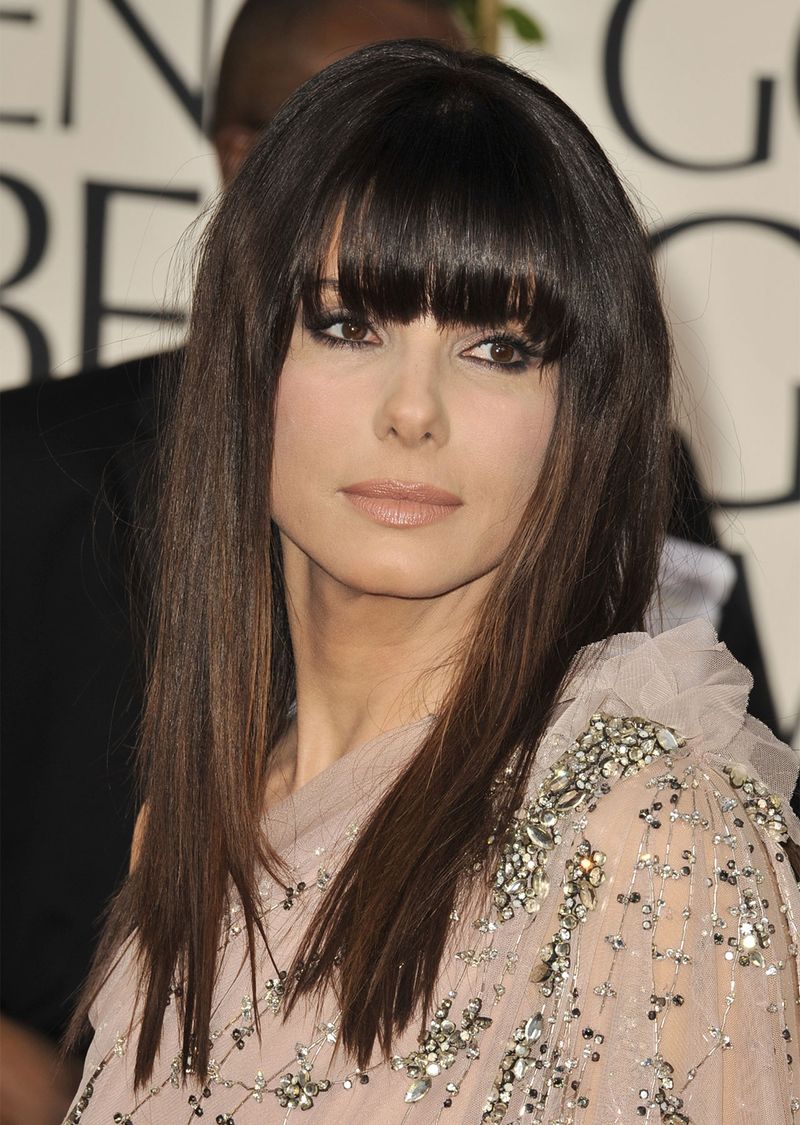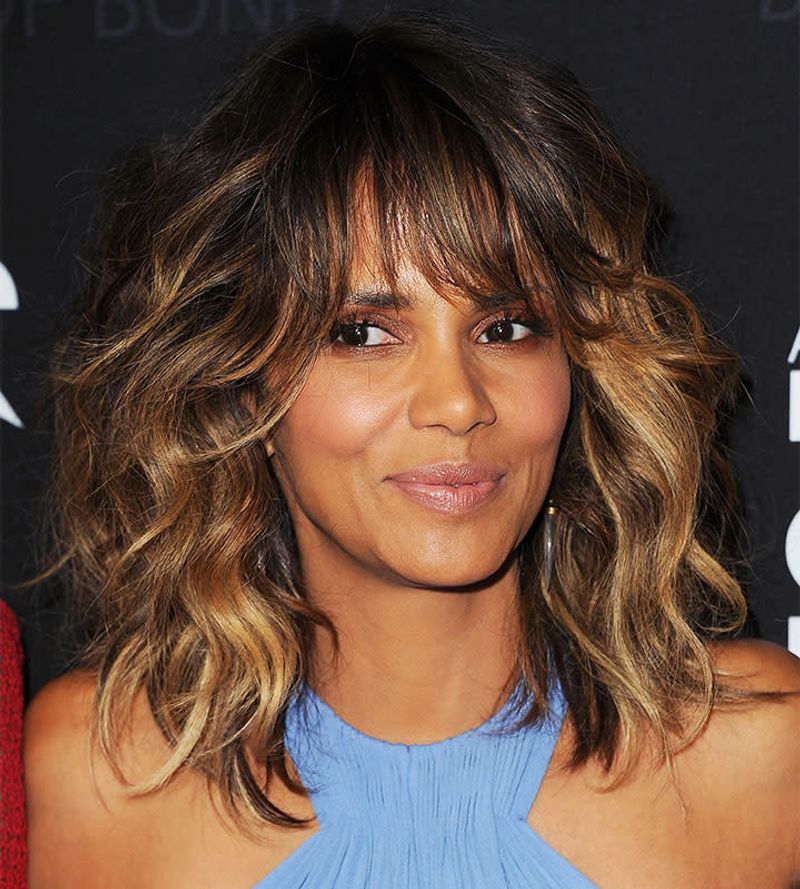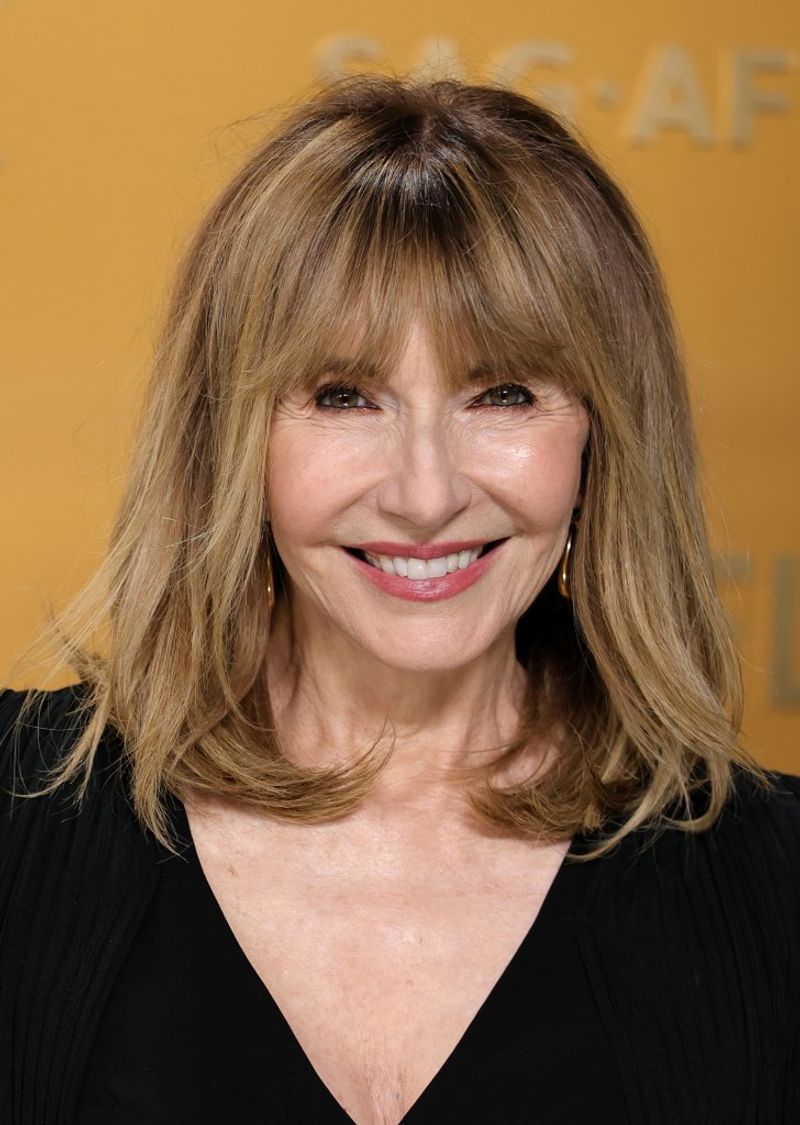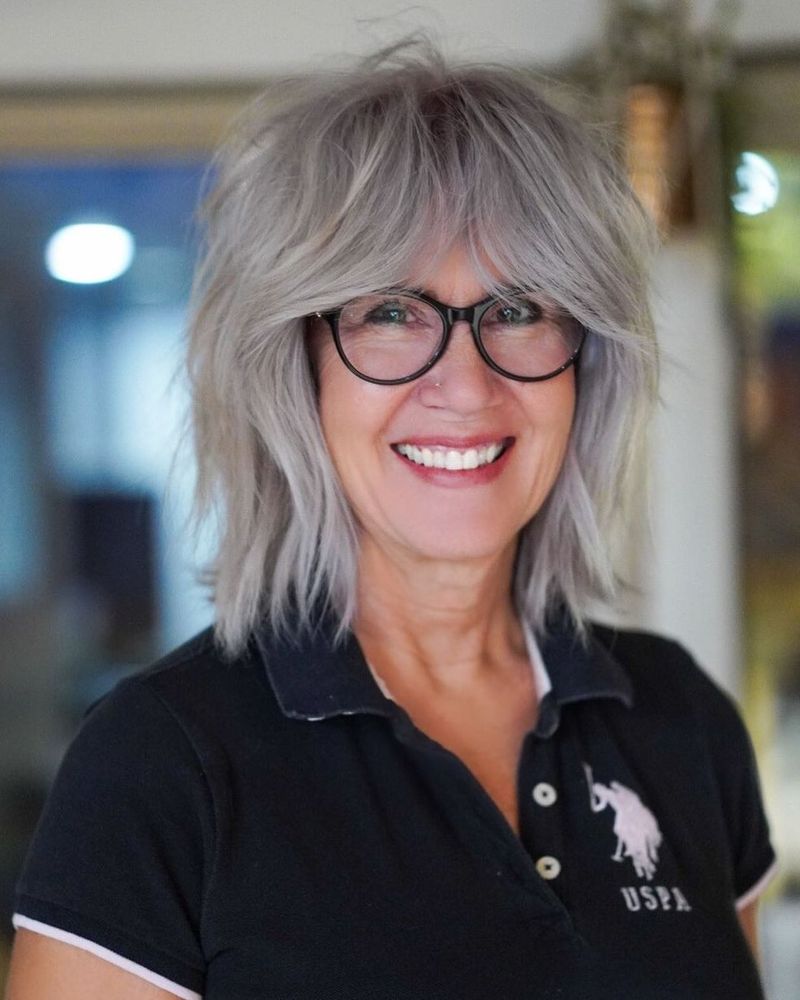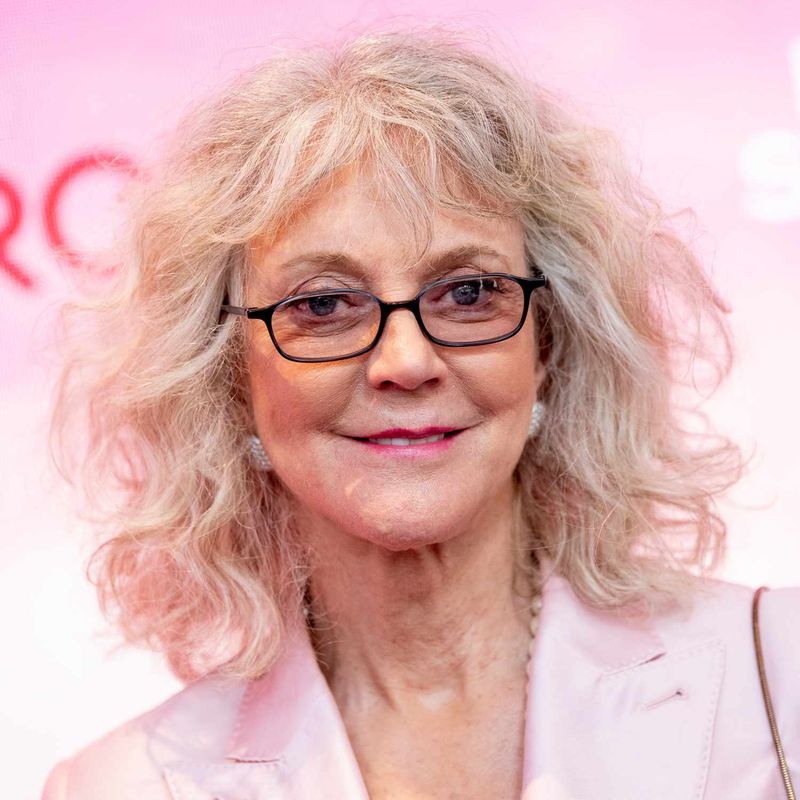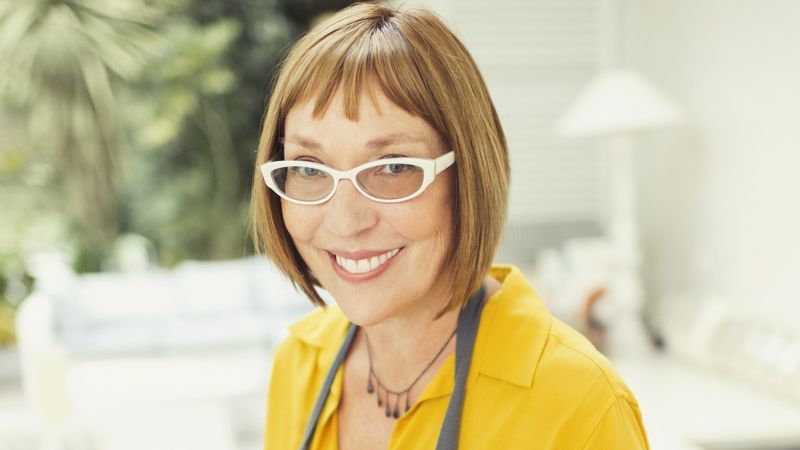Bangs can be a fabulous way to update your look and hide forehead wrinkles, but choosing the wrong style can add years to your appearance. Many women over 60 make common fringe mistakes that unintentionally age them rather than creating a fresh, youthful look. Let’s explore the top fringe faux pas to avoid and what professional stylists recommend instead.
1. Blunt, Heavy Curtain Bangs
Thick, straight-across bangs create a harsh frame that emphasizes fine lines around the eyes. The weight draws attention downward, making your face appear droopy.
Opt for softer, wispy versions that blend with the rest of your hair for a more lifted look.
2. Super Short Micro-Bangs
Baby bangs cut too high above the eyebrows create an unbalanced proportion with mature faces. They expose more of your forehead rather than strategically concealing age spots or wrinkles.
These tiny fringes often appear severe rather than sophisticated on women over 60.
3. Stick-Straight Bangs
Overly straightened bangs with zero texture look artificial against aging skin. The flat, lifeless appearance contrasts with natural facial contours.
Bangs need some movement and softness to complement mature features gracefully. Flat-ironing removes beneficial volume that could otherwise lift your look.
4. Severely Side-Swept Bangs
Dramatically swooping all your fringe to one side creates an outdated, early-2000s vibe. This style often looks like you’re trying to hide thinning hair rather than embracing a modern cut.
The extreme angle can actually emphasize asymmetry in mature faces.
5. Ruler-Straight Bang Lines
Perfectly straight horizontal bang lines create an artificial frame that fights against your face’s natural softening. These precise edges look too severe and dated.
Softer, slightly irregular edges blend more naturally with mature skin and allow for graceful movement.
6. Overly Sparse, Wispy Bangs
Too-thin bangs that reveal more forehead than they cover defeat their purpose entirely. When you can see through your fringe, it suggests thinning hair all over.
These inadequate wisps draw attention to the very areas you might want to conceal rather than creating a flattering frame.
7. Dated, Curled-Under Bangs
Bangs rolled under with a round brush in that distinctive ’80s bubble shape instantly age you. This retro styling technique creates a helmet-like appearance that screams “outdated.”
The artificial curve fights against your hair’s natural movement, making your entire style look forced.
8. One-Length Solid Bangs
Cutting bangs at exactly the same length creates a heavy curtain effect that drags features downward. This uniform approach lacks the dimension mature faces need.
A solid wall of hair emphasizes rather than softens lines between your forehead and cheeks, creating a stark contrast.
9. Bang-Less Forehead Exposure
Pulling hair completely back from your forehead without any softening fringe can create a harsh, severe look. This exposes every line and spot without strategic concealment.
As we age, some face-framing softness helps create balance and draws attention to your best features rather than signs of aging.
10. Frizzy, Untamed Bangs
Neglecting to smooth bangs properly leaves them frizzy and unkempt. This suggests you’ve given up on polished styling, instantly adding years to your appearance.
Controlling frizz becomes more important as hair texture changes with age. Wild bangs create an overall impression of dishevelment.
11. Too-Dark Solid Color Bangs
Dyeing bangs in a flat, dark shade creates harsh contrast against mature skin. The unnatural darkness emphasizes fine lines and can make you look severe rather than vibrant.
Dimensional color with subtle highlights mimics the natural variation that younger hair displays, creating a more youthful effect.
12. Choppy, Disconnected Bangs
Extremely choppy bangs with dramatic length variations can look messy rather than intentional on mature women. What appears edgy on younger faces often reads as disheveled after 60.
The disconnect between bang sections creates visual confusion rather than the harmony that complements aging features.
13. Bangs Cut Too Wide
Extending bangs too far toward your temples creates a heavy frame that overwhelms your face. This excessive width can drag features downward and close off your expression.
Keeping bangs proportional to your face shape maintains balance and prevents that weighed-down appearance that adds years.
14. Center-Parted Curtain Bangs
Perfectly symmetrical curtain bangs parted dead-center can create a dated, severe look on mature faces. This rigid symmetry emphasizes any facial asymmetry that develops with age.
A slightly off-center part creates more flattering movement and softness while still maintaining the curtain effect.
15. Over-Teased, Puffy Bangs
Bangs with excessive volume and teasing at the roots create a dated, ’80s silhouette. This artificial height draws attention to your forehead rather than creating a flattering frame.
The stiff, unnatural texture contrasts with the softening that occurs naturally in mature faces, creating visual disharmony.
16. Ignoring Hair Texture Changes
Maintaining the same bang style despite significant texture changes in your hair creates disconnect. As hair becomes finer or coarser with age, bangs need adjustment.
What worked with your younger, thicker texture might look sparse and unflattering as density changes. Adapting is key.
17. Neglecting Regular Trims
Letting bangs grow too long between cuts creates an unkempt, neglected appearance. Overgrown fringe hanging in your eyes suggests you’ve given up on maintaining your appearance.
Bangs require consistent maintenance to look intentional rather than forgotten. Regular trims keep your entire look fresh.
